Packing a pinch: Everything you could ever want to know about the UK's crabs
Some are delicious to eat, some live thousands of feet underwater, some are the size of a fingernail. Step into the world of these curious crustaceans.

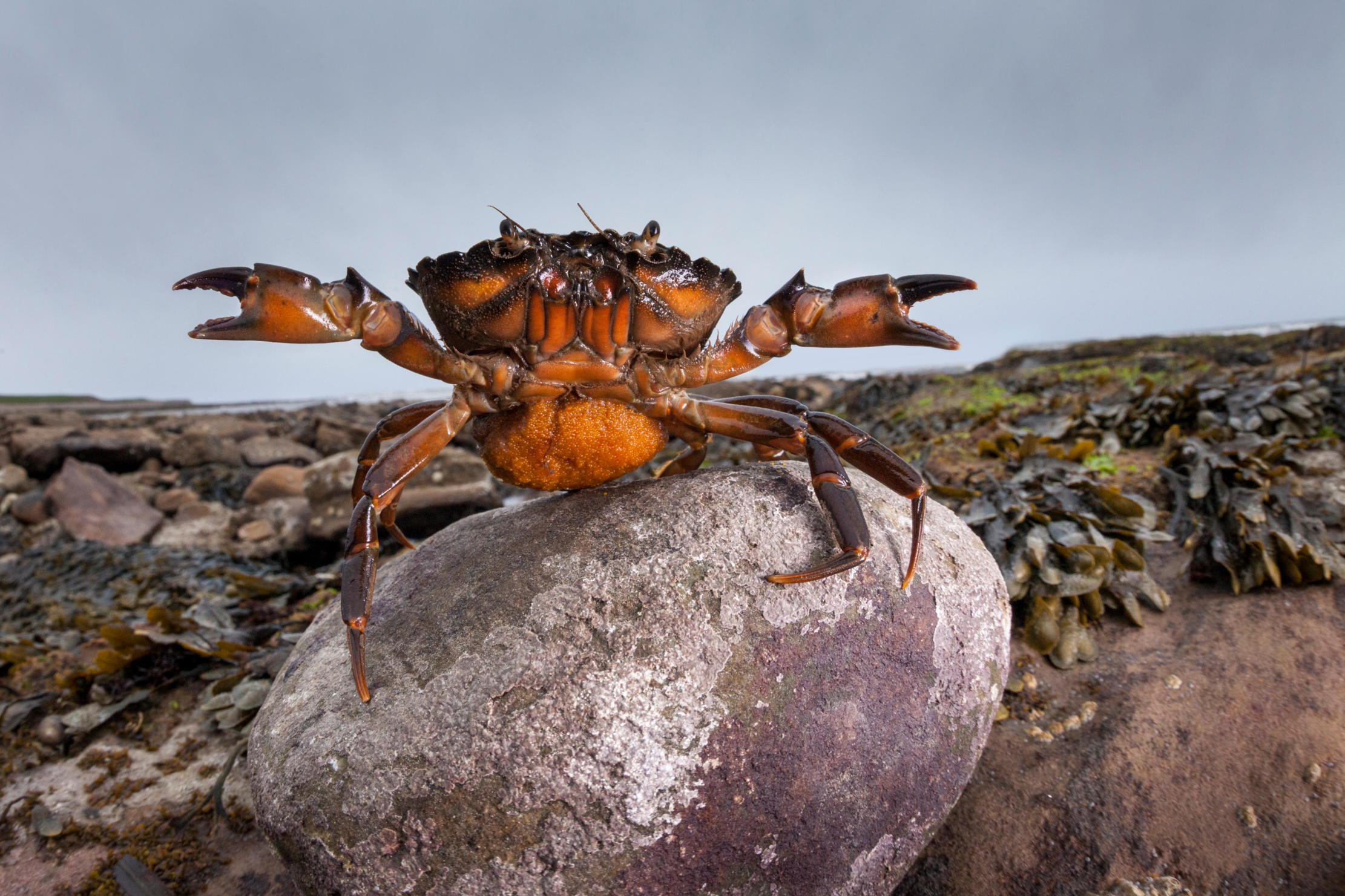
A member of the cast of The Two Gentlemen of Verona is a dog called Crab. The only canine to appear in a Shakespearean play, Crab is a naughty dog. He steals a chicken and widdles on a lady’s dress. His master, Lance, says: ‘I think Crab, my dog, be the sourest-natured dog that lives.’ It was in Shakespeare’s time that bad-tempered people were first described as being crabby.
Real crabs can certainly appear rather grumpy. If you find one of these crustaceans at the beach hunkering in a rockpool, it will likely either scuttle away sideways and hide in some seaweed or stand its ground and brandish a pair of pinching claws at you, hoping you’ll be scared enough to leave it alone. Get to know them, however, and there’s a lot more to the 60 or so species of crabs that live around the British coast.
Among the most familiar and easily recognisable is the brown crab (Cancer pagurus) also known as the edible crab, with its chunky, oval-shaped shell and that distinctive crimped, pie-crust edge. They’re the most important commercial species of crab in Europe, with more than 10,000 tons caught each year in the English Channel.
Traps and pots used to catch them take advantage of the fact that, like many crabs, they are not fussy eaters and will feast on anything they find with their highly tuned sense of smell — mussels, clams, other crabs, live prey, dead carrion and the meat or fish scraps fishermen put inside their pots. Edible crabs follow the trail of wafting scent through the water, climb inside the pots and tuck into the bait; usually, they’re still there when the fisherman comes along and hauls the trap back up to the surface.
Edible crabs have a matching pair of stocky, black-tipped claws (technically called chela), which they use to crush their prey. Another common British crab, the shore crab (Carcinus maenas), has a more refined set of claw cutlery: one is sturdy, for smashing, the other slender, for deftly cutting into prey.
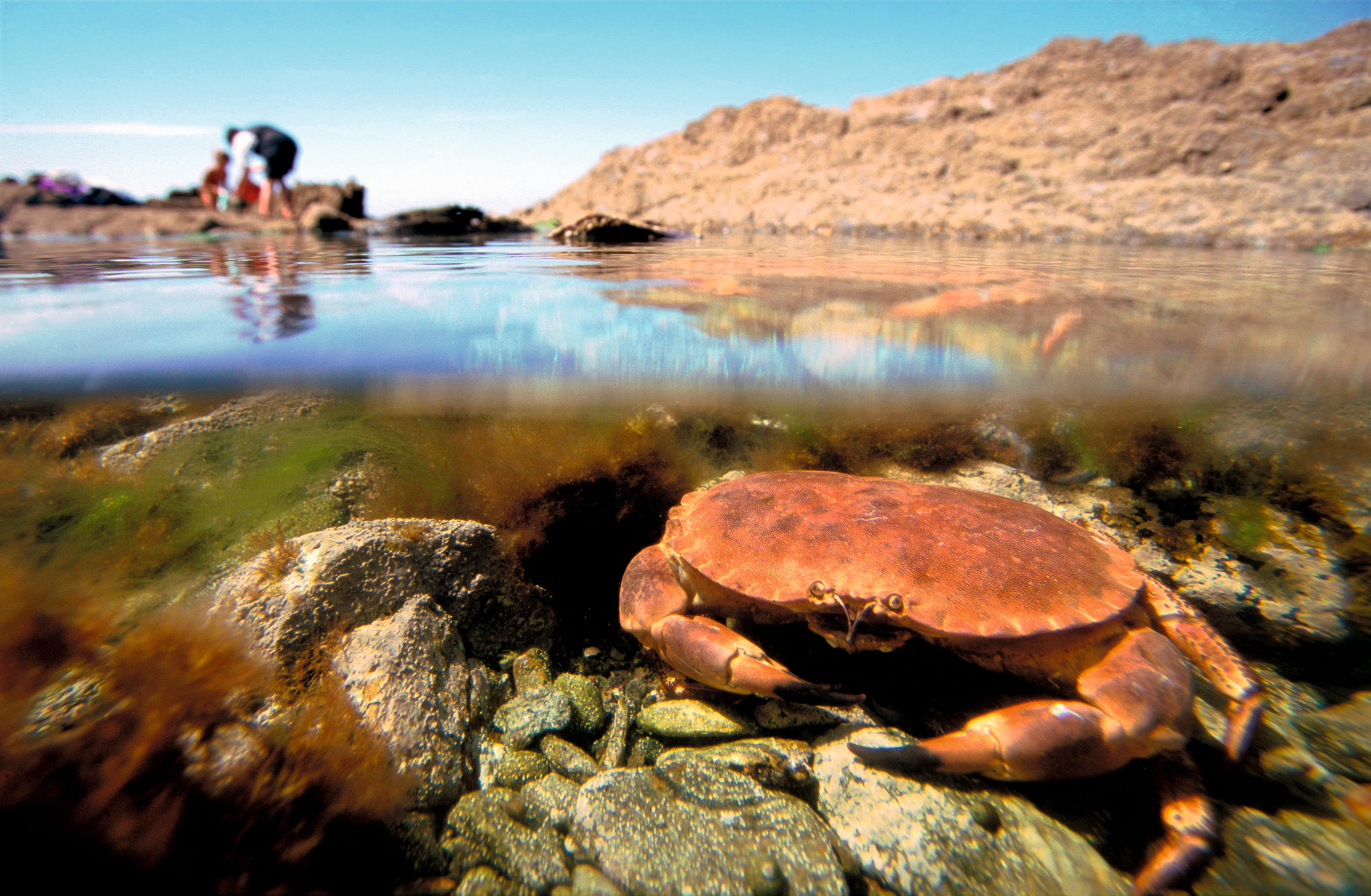
You can find shore crabs almost anywhere around the British coast. They’re roughly palmsized when they’re fully grown, their shells can be green, orangey or reddish and they have five distinctive, upturned spikes on either side of their eyes. If you carefully turn one over, holding the edges of the shell and keeping your fingers away from those pinching claws, you can determine the crab’s sex: males have a triangular tip to their abdomen folded underneath, whereas in females it’s more rounded. Brooding females use this flap to hold onto their clutches of thousands of orange eggs. If you find one, don’t disturb her and always be sure to put crabs gently back where you found them on the beach.
Velvet swimming crabs (Necora puber) live up entirely to their name. Their bodies are covered in short, velvety hairs and they use their flattened rear-most legs to swim. In rock pools, look out for their blood-red eyes, which probably account for the alternative title of devil crab — or perhaps it’s because they give an especially sharp, painful pinch.
Exquisite houses, the beauty of Nature, and how to get the most from your life, straight to your inbox.
Smaller crabs native to British shorelines take a little more careful looking for, but are well worth the effort. Sit quietly next to a rock-pool and watch out for seashells that aren’t gliding smoothly around, but scuttling. These are hermit crabs, which don’t make their own shells, but pick up the empty homes of whelks, periwinkles and other sea snails. About 15 species of hermit crab (members of the Paguridae family) live in the UK. Using their right claw as a trap door to seal the shell’s opening and hide their soft bodies safely inside, hermit crabs move into progressively bigger shells throughout their lives, sometimes fighting each other for the most desirable properties.
Technically speaking, hermit crabs are not one of the true crabs, the Brachyura, but belong to a sister group, the Anomura. Other members of this group that live on British rocky shores are porcelain crabs (Porcellana platycheles), which are fingernail sized and have large, flattened hairy claws, as well as spiny squat lobsters (Galathea strigosa), which have spectacular red bodies with electric-blue stripes.
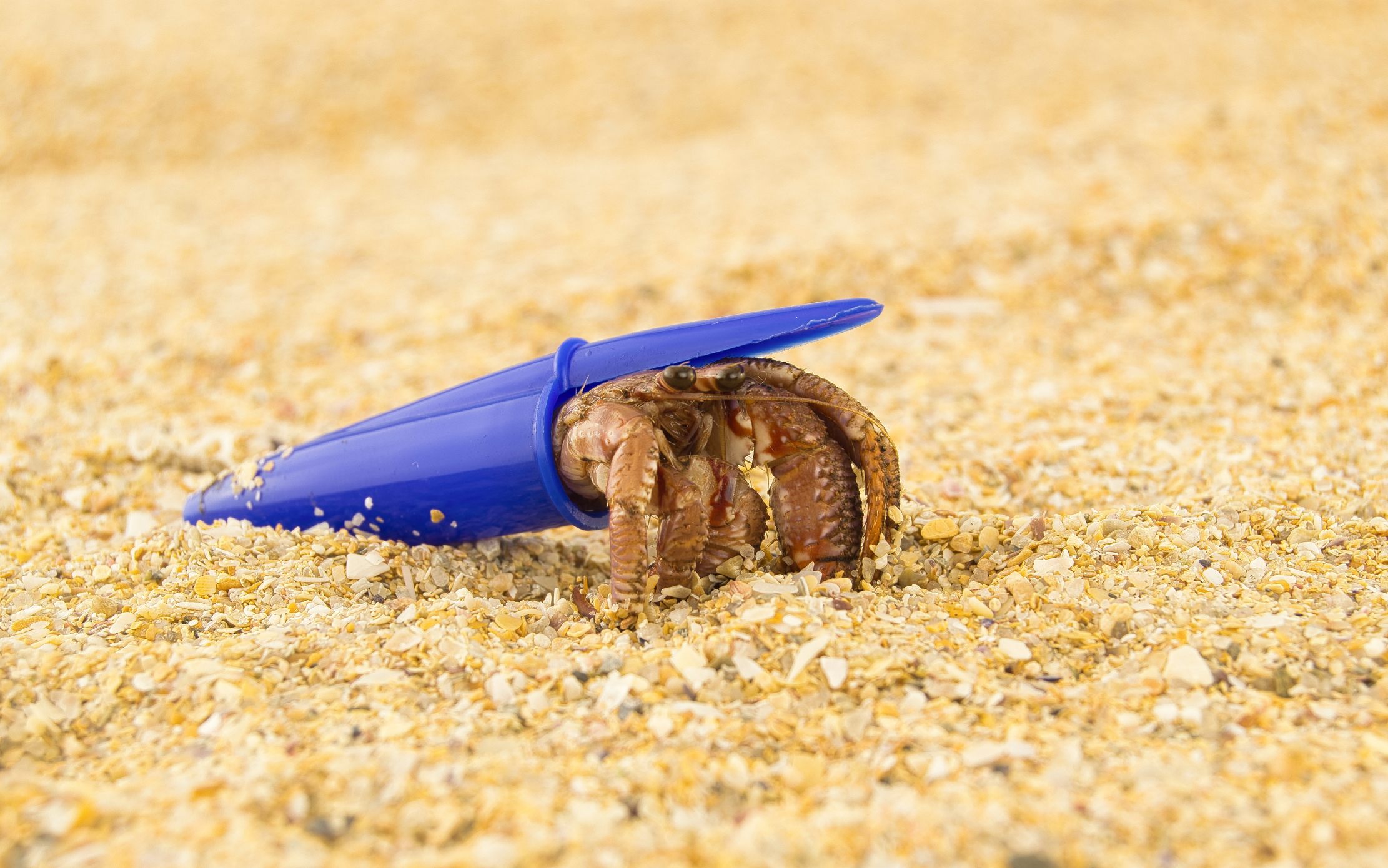
Spider crabs (Maja brachydactyla) hit the news in recent years when spotted gathering on the seabed in their thousands in Cornwall. Fearmongering headlines spread fake news about swarms of venomous crabs. In fact, these harmless animals cluster together when they’re at their most vulnerable and are moulting. In order to grow bigger, crabs shed their old shells and grow a new one, but until it has hardened — which can take hours — they’re in grave danger of predation. Spider crabs cluster together because there’s safety in numbers.
To encounter some of the more unusual British crabs requires a deeper dive offshore. There are thumbnail crabs (Thia scutellata) that look as if they’re covered in a coat of pale-pink nail polish. Angular crabs (Goneplax rhomboides) have smooth, box-shaped bodies. Masked crabs (Corystes cassivelaunus) are so named because the mottled patterns on their backs can look like a human face. They live buried in the seabed and have long antennae that stick up into the water, like a reverse snorkel, so they can suck down water to breathe.
There are several deeper-water crabs that do their best to pretend they’re not crabs at all. Scorpion spider crabs (Inachus dorsettensis) camouflage themselves by fixing pieces of sponge onto their bodies with bristly hairs like Velcro. Sponge crabs, also known as sleepy crabs (Dromia personata), use their two rear-most legs to hold chunks of sponge over their bodies. The sponges (a kind of simple animal) keep growing and eventually take the shape of the crabs’ bodies.
Carrier crabs (Paromola cuvieri) are one of the UK’s biggest species, with legs that can span more than 3ft, and they live thousands of feet underwater. As their name suggests, they also like to carry things around — in their case, it can be sponges or fronds of deep-sea coral, which they hold over their body not only for camouflage, but also as a shield to block attackers. Crabs in fancy dress? The natural world never ceases to amaze.
Far from home
Some crabs are causing trouble in Britain because they have only recently arrived. Chinese mitten crabs (Eriocheir sinensis), with distinctive furry claws, were first spotted in the River Thames in the 1930s and since have spread to other waterways. They were likely brought from their native home in Asia in the ballast tanks of commercial ships, which scooped up water, taking with it crab eggs and larvae, then released them thousands of miles away. Now, mitten crabs have established in the UK and many other countries, where they outcompete native species, deplete local biodiversity and cause rivers to erode by digging burrows. The first traps to catch Chinese mitten crabs were put out in the UK in October 2023, in Lincolnshire, to try to stop them spreading further.
Species native to the UK are also causing their own troubles elsewhere. Shore crabs are on the list of the world’s top 100 most dangerous invasive species. Like mitten crabs, they’ve been hitchhiking around the globe in ship ballast tanks and, since the 1990s, have set up home in parts of the US, Australia, South Africa and South America, where they bully native species and damage seagrass meadows.
Not all travelling crabs, however, are unwanted invaders. Several decades ago, the St Piran’s hermit crab (Clibanarius erythropus) disappeared from the UK. Recently, this warm-water species has been showing up again on south-west coasts, the larvae likely having drifted on ocean currents from Europe. Look out for a hermit crab that has beautiful black eyes speckled with white spots.
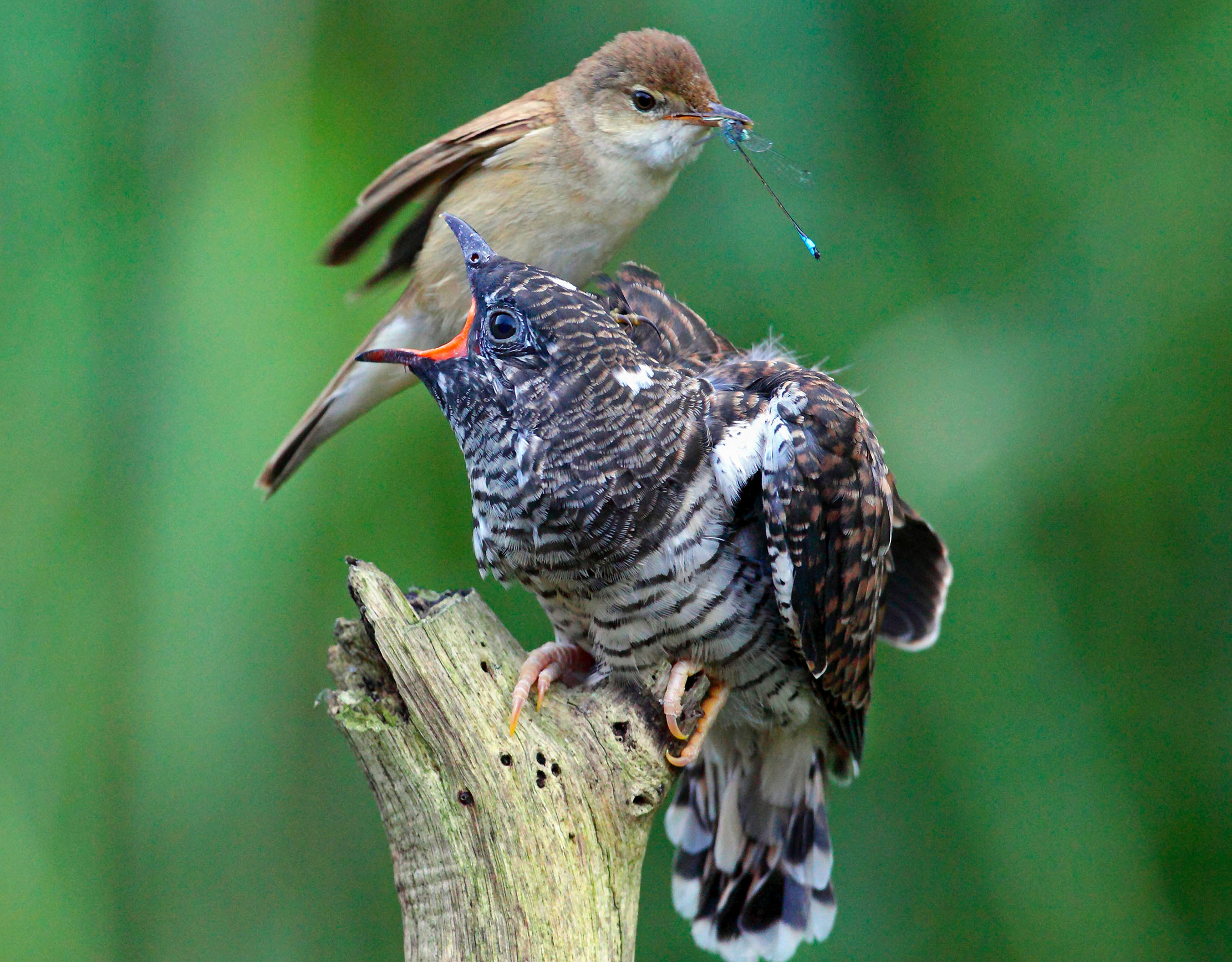
The terrible truth about the cuckoo, and the 'monstrous outrages' it perpetrates on its foster parents and siblings
The cuckoo is a bird whose behaviour is so horrendous — when judged by human standards, at any rate —
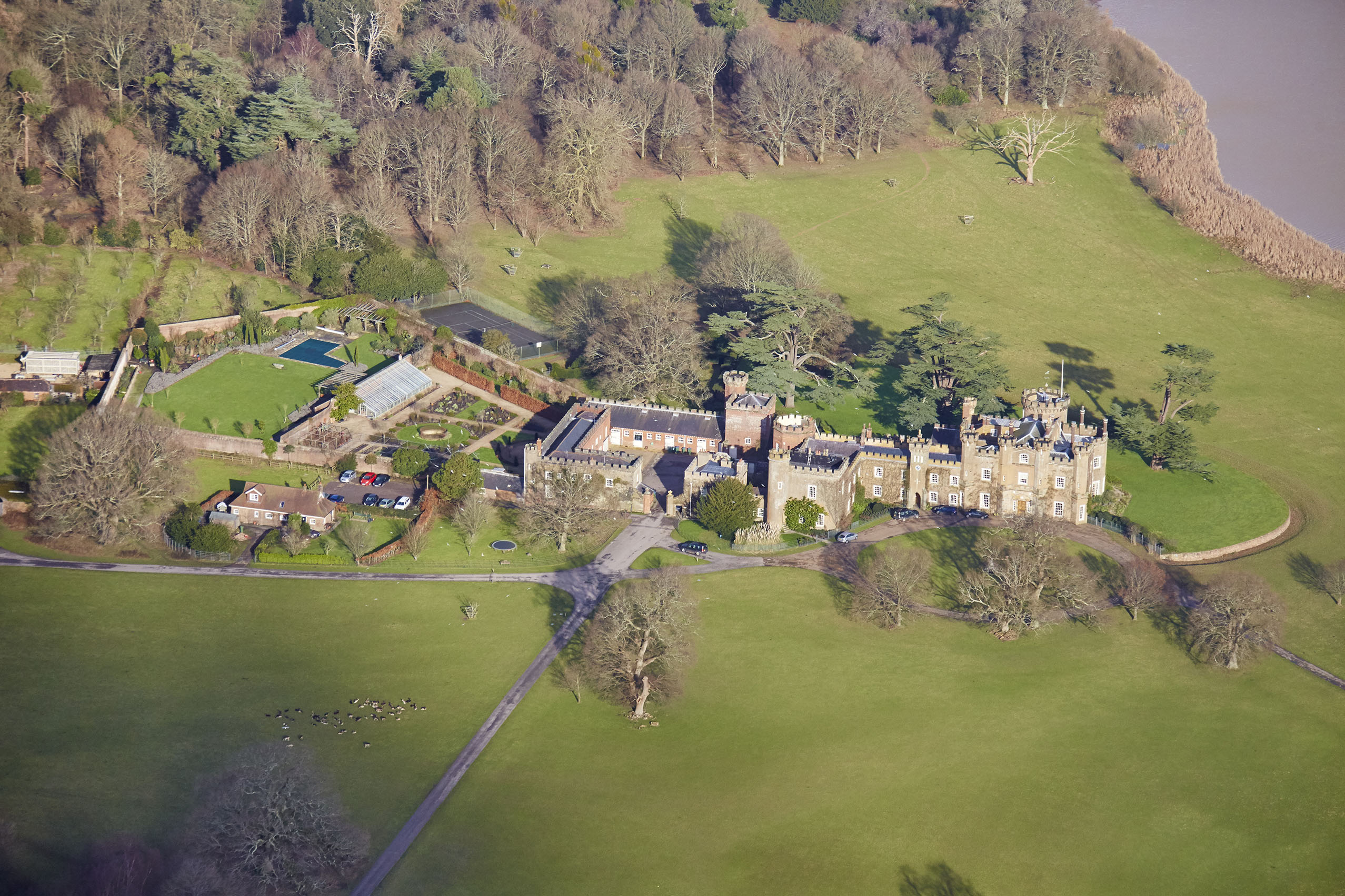
Isabella Tree on how rewilding took the Knepp Estate from a ruin in the red to a miracle of Nature
Isabella Tree tells the incredible tale of Britain's first rewilding project.
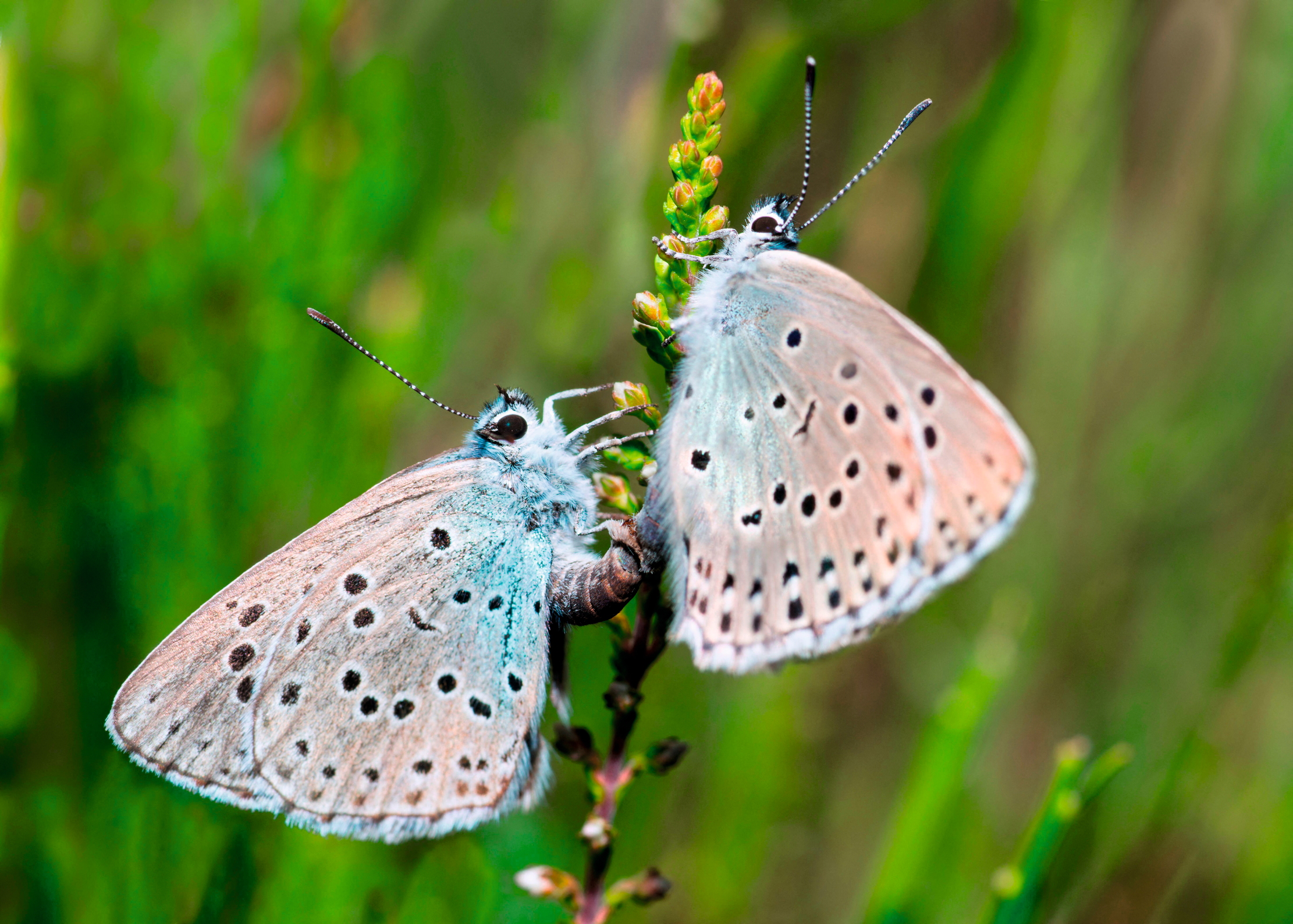
From the 'gatekeeper' to the 'Scotch argus', where did butterflies and moths get their strange names?
Members of the Society of Aurelians were artists, designers, silk traders and men-of-letters. So what inspired them to coin the
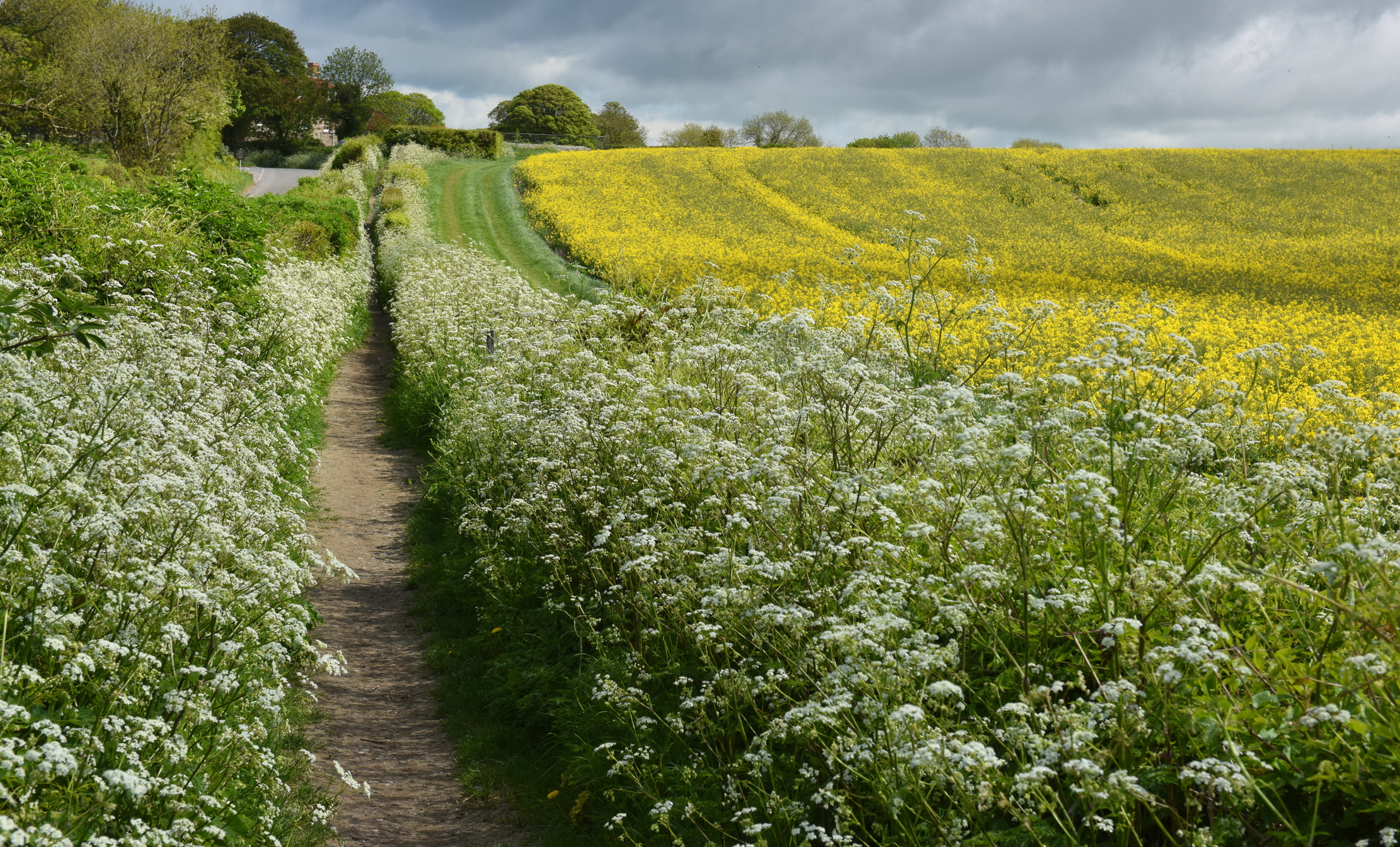
Credit: istockphoto via Getty Images
'The most important spring landscape flower in Britain' that 'engulfs everything in its path' — The unstoppable exuberance of the frothing cow parsley
A vital source of food in early spring for insects, cow parsley has taken control of the nation's roadside verges,
Dr Helen Scales is a marine biologist, writer and broadcaster. She is author of many books about the ocean including the Guardian bestseller Spirals in Time, New York Times top summer read The Brilliant Abyss and the children’s books What a Shell Can Tell and Scientists in the Wild. She writes for National Geographic Magazine, the Guardian, and New Scientist, among others. She teaches at Cambridge University, is a storytelling ambassador for the Save Our Seas Foundation and science advisor for the marine conservation charity Sea Changers.
Helen divides her time between Cambridge, England, and the wild Atlantic coast of France. You can follow Helen on Twitter @helenscales and Instagram @drhelenscales.
